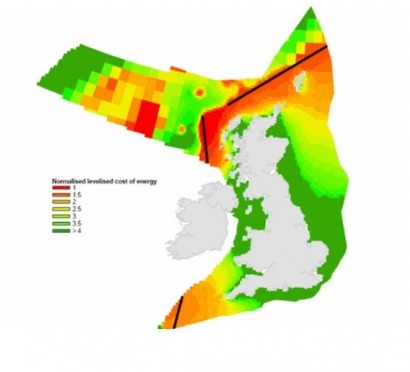
The UK Wave Energy Report said the annual production at these sites -- which include Lewis, Uist, Shetland and Orkney -- would be the equivalent of the amount of electricity used in a year in Scotland.
In compiling the information they used for analysis, the researchers weighed any future wave energy development in these locations against the cost of exploitation, taking into account issues such as fishing grounds, shipping routes and possible effects on mammals such as whales and dolphins and other marine wildlife.
“This new research identifies the major wave frontages for commercial development in the coming years," said Dr. Stephen Wyatt, head of technology acceleration at the Carbon Trust.
“If we can continue to innovate to prove the technology at scale and to bring down costs, then there is every reason to believe that wave power can be providing a significant contribution to our energy needs out to 2050,” Wyatt said.
Commenting on research Dr. Richard Dixon, director of WWF Scotland, said, "This study underlines the potential for Scotland to literally rule the waves when it comes to harnessing the power of our seas.
“There are more wave power machines under test in Scottish waters than anywhere else in the world. Many of these have the potential to be of global significance in our efforts to tackle climate change and offer huge export benefits too," Dixon continued.v
“Alongside energy saving measures, marine renewables will have a critical role to play in helping Scotland reduce climate emissions as we phase out polluting fossil fuels and nuclear power," he said. "With careful planning we can harness Scotland's huge wave and tidal energy to help cut our climate emissions, while safeguarding the nation's tremendous marine environment."
For additional information:

